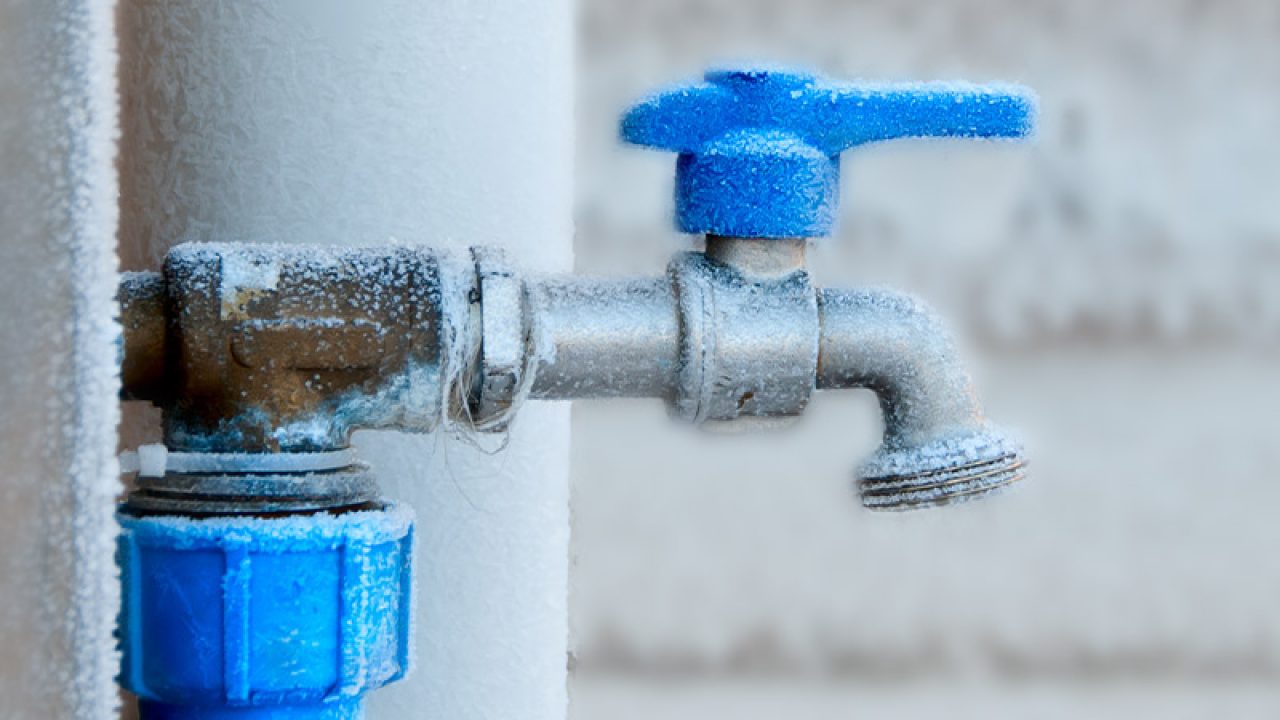Ways to Avoid Frozen Plumbing in Winter: Pro Tips
Ways to Avoid Frozen Plumbing in Winter: Pro Tips
Blog Article
We have found this post about How to Prevent Your Pipes From Freezing below on the web and accepted it made perfect sense to relate it with you on my blog.

Winter can wreak havoc on your pipes, especially by freezing pipes. Here's how to stop it from occurring and what to do if it does.
Introduction
As temperatures drop, the threat of icy pipelines boosts, possibly causing pricey repair work and water damage. Comprehending exactly how to stop frozen pipes is vital for home owners in cold climates.
Prevention Tips
Shielding at risk pipes
Wrap pipelines in insulation sleeves or utilize heat tape to protect them from freezing temperature levels. Focus on pipes in unheated or outside locations of the home.
Heating methods
Keep interior rooms sufficiently heated, particularly areas with plumbing. Open up cupboard doors to allow cozy air to circulate around pipelines under sinks.
Exactly how to identify frozen pipelines
Seek lowered water flow from faucets, unusual odors or noises from pipelines, and noticeable frost on revealed pipelines.
Long-Term Solutions
Structural changes
Consider rerouting pipelines far from exterior walls or unheated areas. Include added insulation to attics, basements, and crawl spaces.
Upgrading insulation
Purchase top quality insulation for pipes, attic rooms, and wall surfaces. Proper insulation assists preserve constant temperature levels and lowers the threat of icy pipelines.
Securing Outside Plumbing
Garden hoses and exterior taps
Detach and drain garden tubes prior to wintertime. Set up frost-proof faucets or cover exterior faucets with insulated caps.
Recognizing Icy Pipes
What causes pipes to ice up?
Pipelines freeze when subjected to temperatures below 32 ° F (0 ° C) for prolonged periods. As water inside the pipelines freezes, it expands, taxing the pipeline walls and possibly causing them to break.
Risks and problems
Icy pipes can bring about water system disruptions, property damage, and costly repairs. Burst pipes can flood homes and trigger substantial architectural damage.
Signs of Frozen Pipeline
Determining frozen pipes early can avoid them from rupturing.
What to Do If Your Pipes Freeze
Immediate actions to take
If you suspect frozen pipelines, maintain taps open up to eliminate stress as the ice melts. Use a hairdryer or towels taken in warm water to thaw pipes gradually.
Final thought
Stopping frozen pipelines needs proactive actions and fast responses. By recognizing the causes, indicators, and preventive measures, homeowners can secure their plumbing throughout cold weather.
6 Proven Ways to Prevent Frozen Pipes and Protect Your Home
Disconnect and Drain Garden Hoses
Before winter arrives, start by disconnecting your garden hoses and draining any remaining water. Close the shut-off valves that supply outdoor hose bibs and leave the outdoor faucet open to allow any residual water to drain. For extra protection, consider using faucet covers throughout the colder months. It’s also important to drain water from any sprinkler supply lines following the manufacturer’s directions.
Insulate Exposed Pipes
Insulating your pipes is an effective way to prevent freezing. Pipe insulation is readily available at home improvement stores and is relatively inexpensive. Pay close attention to pipes in unheated areas such as the attic, basement, crawl spaces, or garage. Apply foam insulation generously to create a buffer against the cold. You can also wrap your pipes in heat tape or thermostat-controlled heat cables for added warmth.
Seal Air Leaks
Inspect your home for any cracks or openings that could let in cold air. Seal any holes around the piping in interior or exterior walls, as well as the sill plates where your home rests on its foundation. Additionally, make sure to keep your garage door closed unless you’re entering or exiting. Leaving it open creates a significant air leak that can lead to frozen pipes.
Allow Warm Air Circulation
During cold snaps, it’s essential to allow warm air to circulate evenly throughout your home. Leave interior doors ajar to promote better airflow. Open kitchen and bathroom cabinets to help distribute heat consistently around the rooms. If you have small children or pets, be sure to remove any household chemicals or potentially harmful cleaners from open cabinets for safety.
Let Faucets Drip
A small trickle of water can make a big difference in preventing ice formation inside your pipes. When temperatures drop significantly, start a drip of water from all faucets served by exposed pipes. This continuous flow helps prevent the water from freezing. Additionally, running a few faucets slightly can relieve pressure inside the pipes, reducing the chances of a rupture if the water inside does freeze.
https://choateshvac.com/6-proven-ways-to-prevent-frozen-pipes-and-protect-your-home/

I'm just very intrigued by Prevent Frozen Pipes and I'm hoping you liked the entire page. In case you enjoyed our page if you please be sure to pass it around. I appreciate your readership.
Find Out More Report this page